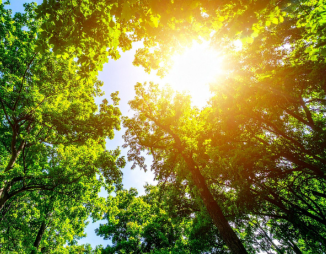
December 03, 2025
Janet McKay
Tags:
As a small and busy non-profit organization, we are very focused on our day-to-day activities, constantly evaluating and improving what we do and how we do it. Yet the “why” is usually what donors, volunteers and program participants care about most. Every so often it’s important to ask ourselves what we are trying to achieve and if our actions are aligned with our goals.
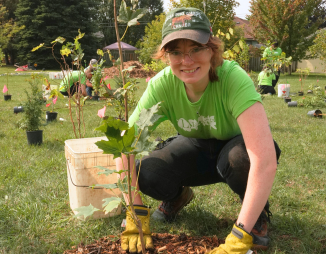
December 03, 2025
Elizabeth Chir
My name is Elizabeth and I am a recent graduate of the Young Urban Forest Leaders (YUFL) program. I had a wonderful time nerding out with other YUFL participants about trees all summer and gaining skills and tools to further my forestry career. Keep reading to see what I learned with the YUFL and how it’s shaping my path in urban forestry.
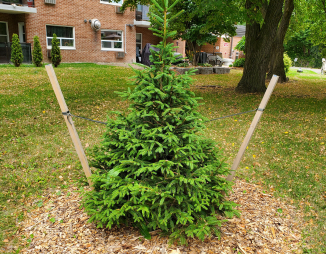
December 03, 2025
Jessie Cripton
Tags: Housing York Inc.
Over the past year, LEAF has been working with Housing York Inc. and York Region to bring more trees to several Housing York Inc. (HYI) communities. This pilot initiative is designed to increase the tree canopy, create inviting outdoor spaces and give residents a chance to shape their surroundings. Our Community Housing Stewardship Coordinator, Jessie, shares their thoughts on launching this initiative and how it made a difference in the lives of HYI residents.
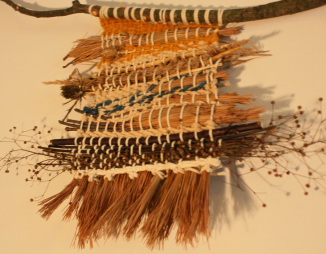
November 19, 2025
Amba P
Tags:
Every stem bends differently and every seed head carries its own shape. When you weave with natural materials, you’re not just making art, you’re echoing the landscapes they grew from. This guide shows you how to create a simple branch loom and weave with a few foraged or dried materials, so you can bring the textures of the season into your home.
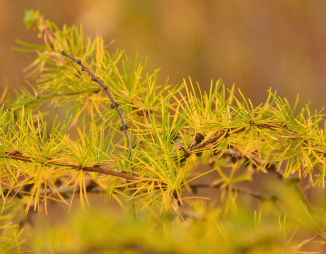
November 11, 2025
Jon Curtis
If you're searching for a tree that's both unique and beautiful, consider the tenacious tamarack tree. This often-overlooked native species thrives across the Canadian landscape, offering elegance and ecological benefits throughout the year. Read on to learn more about this one-of-a-kind gem.

November 04, 2025
Janet McKay
Tags: Urban Forest Champion
LEAF is excited to welcome Aaron Boonstra to our Board of Directors! In this blog, our Executive Director, Janet McKay, interviews Aaron about his experience and motivation for becoming a LEAF Board Member.
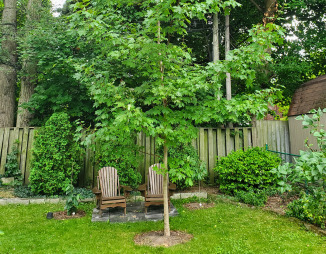
October 28, 2025
Tenley Conway
Tags:
LEAF’s Full-Service Backyard Tree Planting Program (BYTP program) has been helping to grow the urban forest for nearly 30 years. We analyzed how many of those trees are retained to understand the impacts of this long running program and consider how LEAF can continue supporting residents so that newly planted trees thrive.
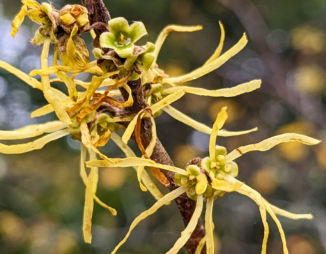
October 28, 2025
Jess Wilkin
Double, double toil and trouble; fire burn and cauldron bubble. Meet the most witchy shrub of them all: the common witchhazel! With its name, flowers, fruit and folkloric roots, this native shrub embodies all things eerie, making it the perfect fall garden addition to celebrate the spooky season.
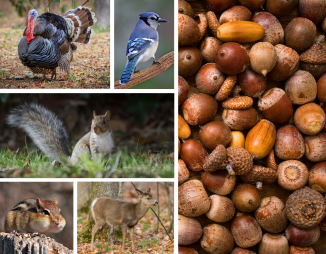
October 14, 2025
Justin Lewis
Tags: Backyard Biodiversity
If you've ever tried to tell a red oak from a white oak and felt a little lost, you're not alone. These iconic trees share a lot in common, but a closer look reveals some fascinating differences – ones that matter not just for identification, but for wildlife too. Leaf shape and bark texture matter, but the real story is in the acorns!
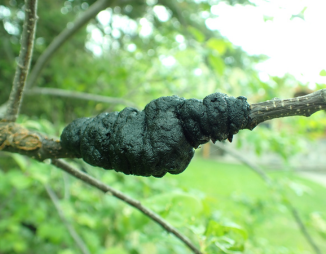
October 06, 2025
Jess Wilkin
While it might sound like something out of a fairy tale, this real-life fungal disease can do serious damage if left unchecked. As the leaves fall this autumn, you might notice something black and bumpy lurking on your tree’s bare branches. Read on to learn how to identify black knot, which trees it affects and how to manage it effectively!
